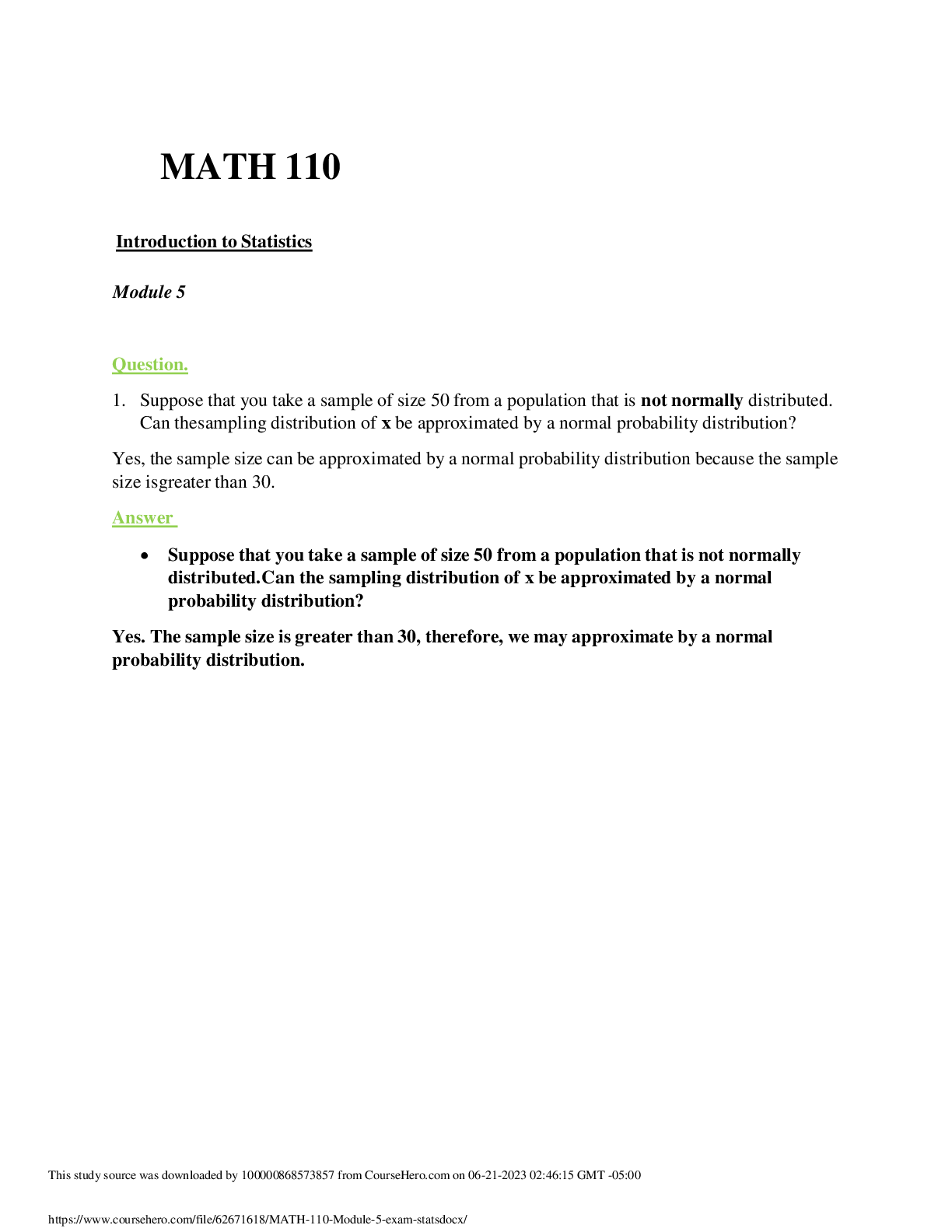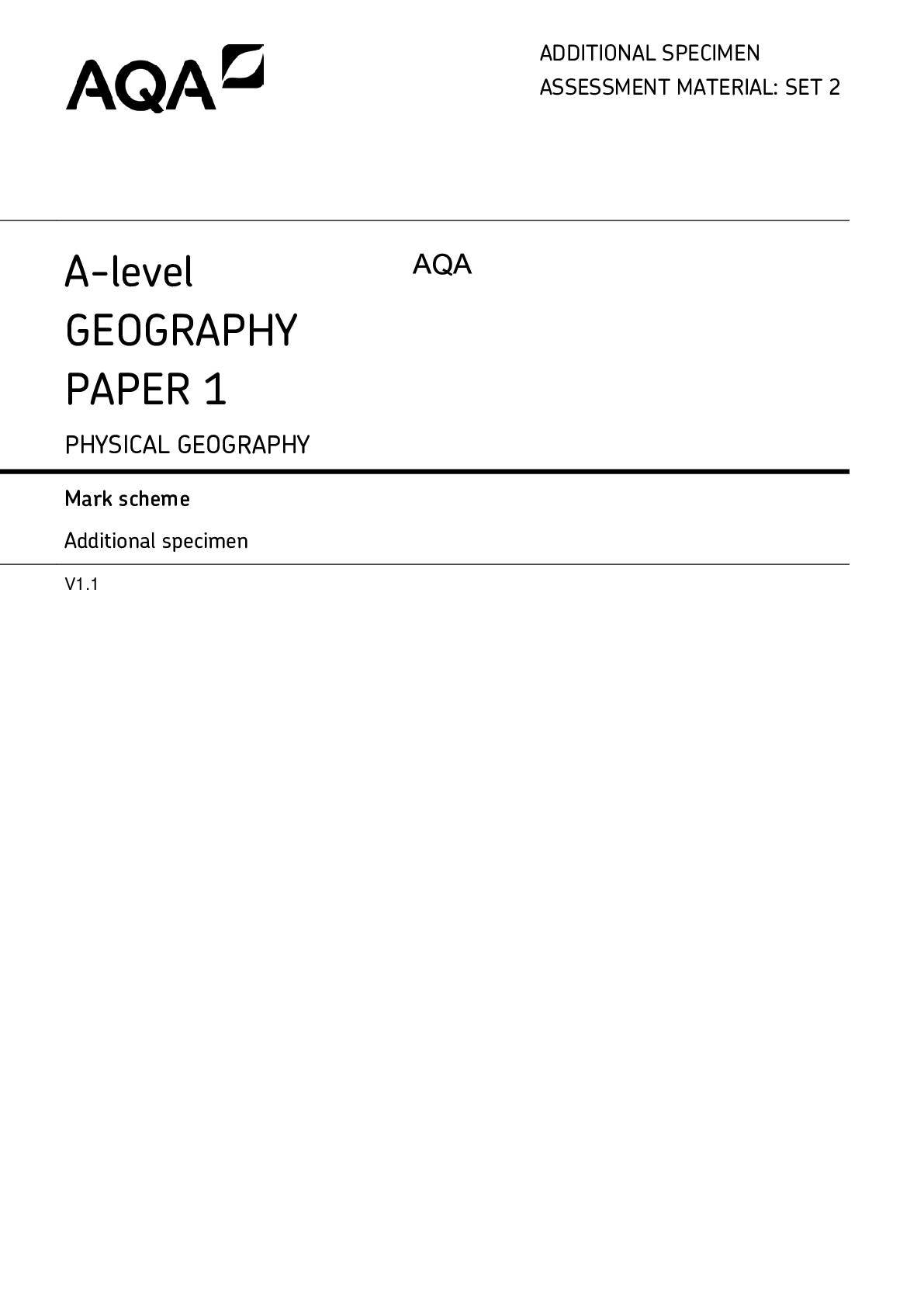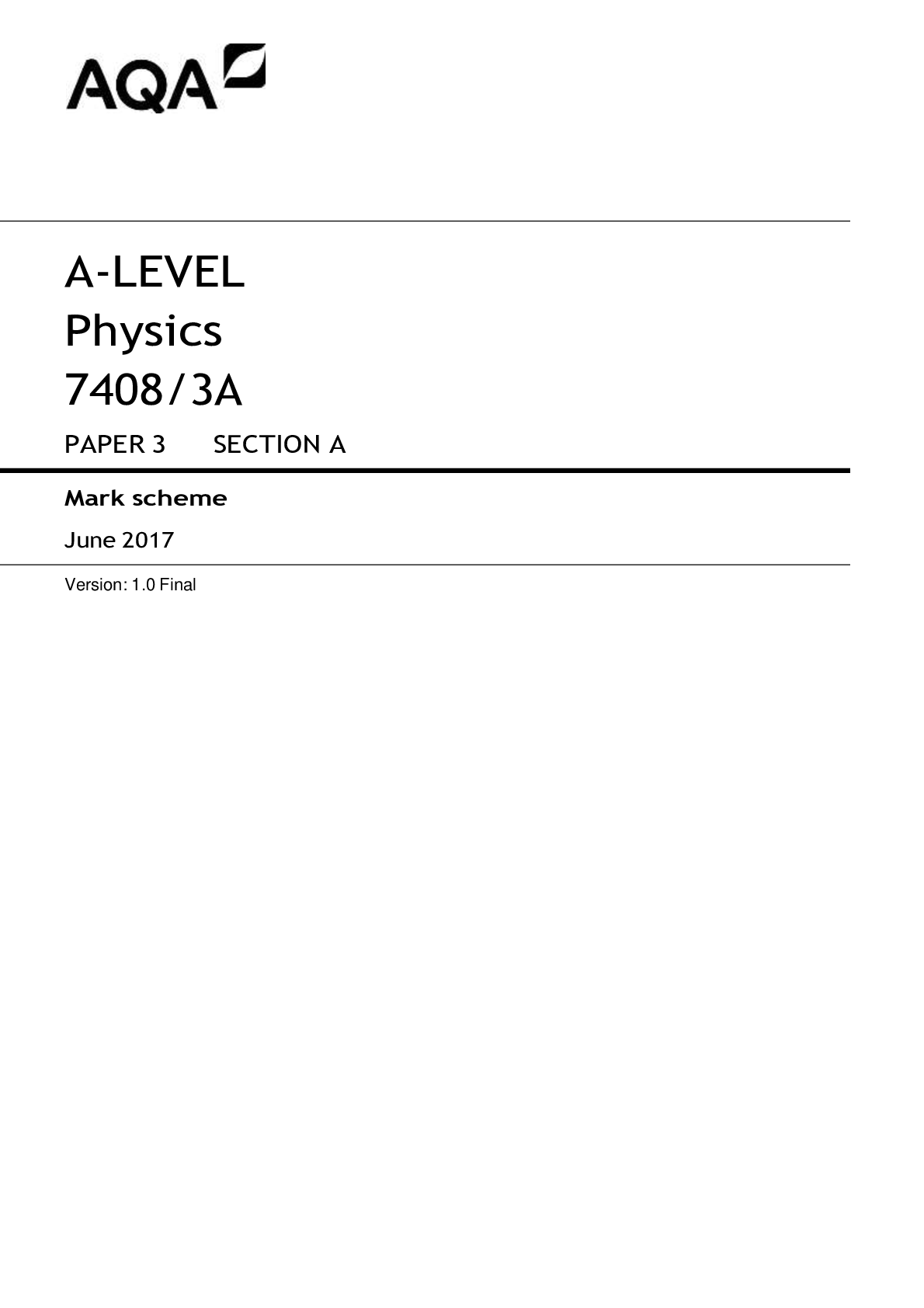Geography > AQA Questions and Marking Scheme > geography (All)
geography
Document Content and Description Below
Global warming is used by scientists to mean a long-term increase in Earth’s average air temperature. It can refer specifically to such warming that is due to the influence of rising concentrations ... of greenhouse gases in the atmosphere. Earth’s surface gets most of its heat from the energy associated with the Sun’s rays, which strike the planet’s surface during the day. At night most of this energy is radiated back into space. Greenhouse gases (such as carbon dioxide, methane, nitrous oxides, and chlorofluorocarbons [CFCs]) absorb infrared radiation (net heat energy) emitted from Earth’s surface and radiate it back to the surface, thus contributing to the greenhouse effect. Though the recent rise in greenhouse gases in the atmosphere is arguably the main factor affecting global warming, other factors are involved (such as variations in Earth’s orbit, the angle of the planet’s axis, and variations in the Sun’s energy output). Nevertheless, as higher concentrations of greenhouse gases allow Earth’s atmosphere to hold on to greater amounts of heat that would normally escape into space at night, Earth’s average temperature rises. Climate change is a bit different. Before we look into what climate change is, it may be helpful to think a bit about climate with respect to weather. Weather, which is often confused with climate, is the set of conditions in the atmosphere in one location for a limited period of time, such as throughout the day, at night, or at any particular point during the day. Climate, on the other hand, is the average condition of the atmosphere in a given location over a long period of time, such as 30 years or more. Thus, climate change is a longer-term change in the average condition of the atmosphere. What's the Difference Between a Solstice and an Equinox? The seasons on Earth change because the planet is slightly tilted on its axis as it travels around the Sun. This means different points on Earth receive more or less sunlight at different times of year. If Earth were not tilted, the Sun would always appear to be directly above the Equator, the amount of light a given location receives would be fixed, and there would be no seasons. There also would be no need to mark equinoxes or solstices. What's the Difference Between a Solstice and an Equinox? The seasons on Earth change because the planet is slightly tilted on its axis as it travels around the Sun. This means different points on Earth receive more or less sunlight at different times of year. If Earth were not tilted, the Sun would always appear to be directly above the Equator, the amount of light a given location receives would be fixed, and there would be no seasons. There also would be no need to mark equinoxes or solstices. .....................CONTINUED........................ [Show More]
Last updated: 10 months ago
Preview 1 out of 9 pages
Instant download

Buy this document to get the full access instantly
Instant Download Access after purchase
Add to cartInstant download
Reviews( 0 )
Document information
Connected school, study & course
About the document
Uploaded On
Jul 22, 2023
Number of pages
9
Written in
Additional information
This document has been written for:
Uploaded
Jul 22, 2023
Downloads
0
Views
52
















.png)



